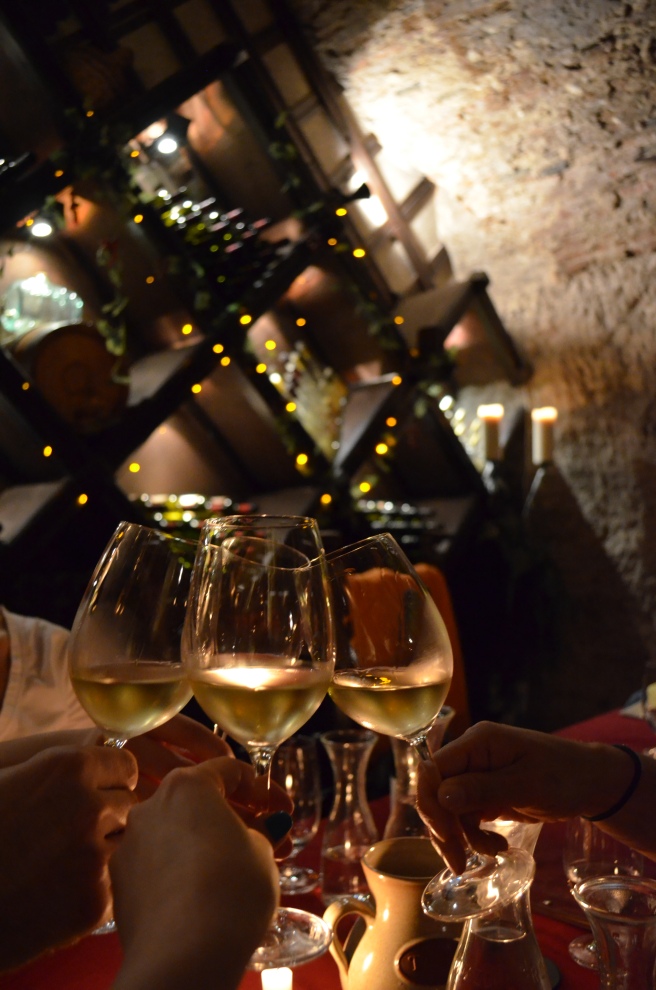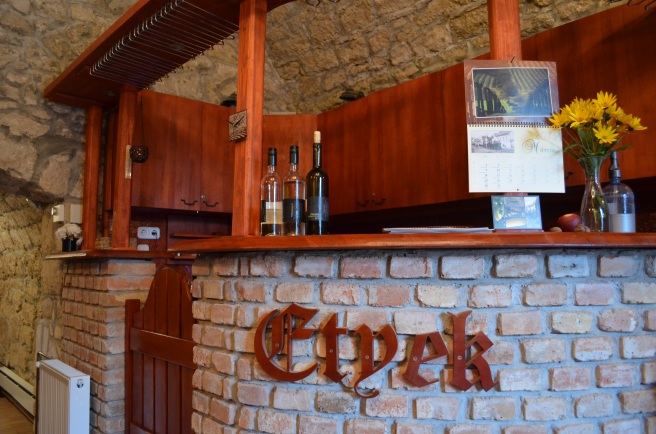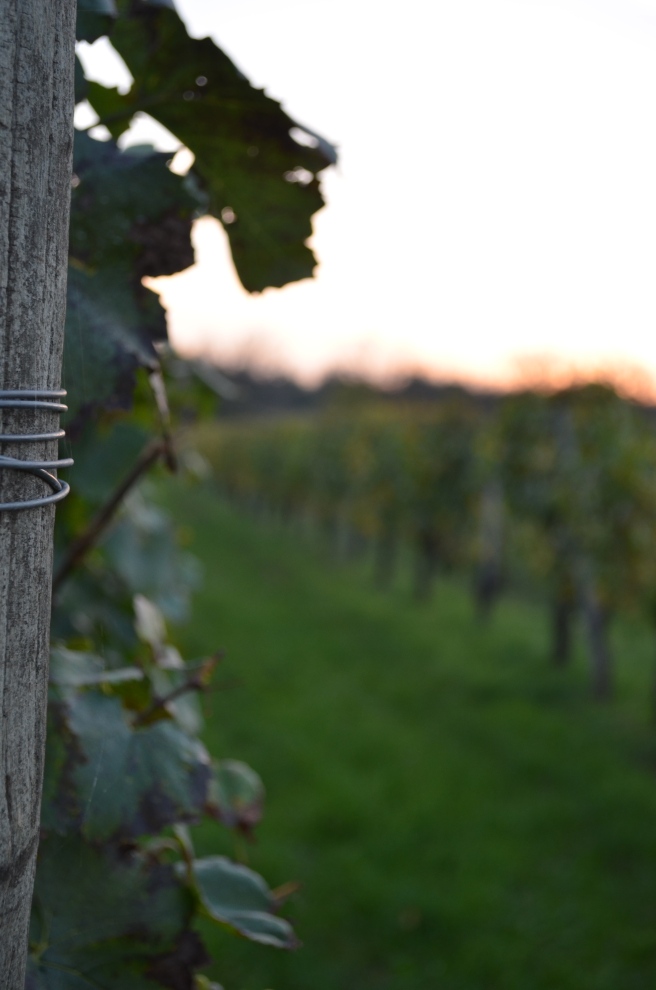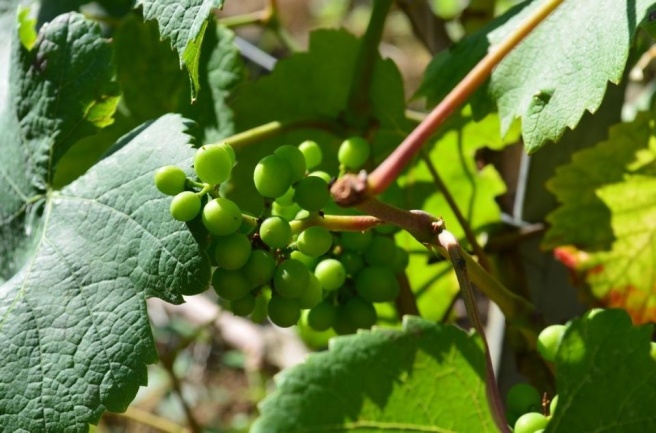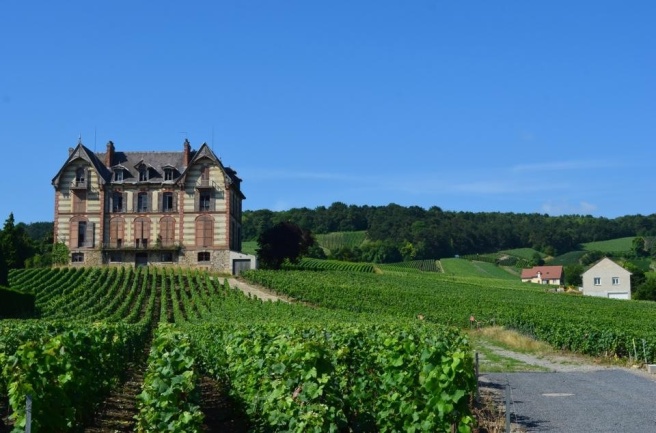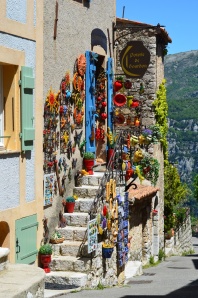A region set on the banks of the Loire river southwest of Paris, Loire valley has long been adored by the likes of Leonardo di Vinci, King Louis XI through XVI and now revered by modern tourists looking for a glimpse into this regal past. Loire valley is also an expansive wine region with many mini-wine appellations to explore. With so much to do in this 100 mile region, it can be hard to pair down priority must sees.

We had 4 days in this stunning region, but that is not nearly enough time. At a minimum a week is required to enjoy this beautiful part of France, but if you, like me, has limited money and time – below is how we decided to hit all the ‘must sees’ of the region without rushing through what should be a relaxing trip in the sun.
First things first, lets prioritize what you must see, do and taste. Top experiences include: biking from châteaux to châteaux, wine tasting in one of the many small vineyards and visiting the grand homes of people richer than me.
Now, how to do all of these things in 4 days? Here’s how we did it.
Where to stay
Choosing where to stay is extremely difficult. Many sites recommend starting on one side of the valley (near Angers) and stay at another location on the other end (near Orleans) to be able to close to all the attractions. With limited time, however, this is simply not possible.
Wanting to bike, wine and château we chose to stay in Montlois-sur-Loire – if you want to do all of these things as well, I highly recommend choosing a location somewhere between Tours and Blois. This allows you to be within biking distance of Amboise, Vouvray, Chenonceau château (for the ambitious) and 30 min driving distance to Villandry, Tours, Blois and Chambord.
Note: I also looked at the towns of Chinon and Saumur. For cabernet franc lovers, Chinon can be tempting however it is a bit out of the way for seeing the main châteaus. Biking to anywhere relevant can be tough from these locations if you are trying to see as much as possible and keep sites to day trips
Within walking distance of its own local winery, right on the bike path and with stunning views overlooking the Loire river, I highly recommend staying where we stayed – in a renovated 19th century château.

Chateau de Bondesir – Chambres d’hôtes
7 Rue de Bondesir, 37270 Montlouis-sur-Loire, France
How to get around
To see the most without relying on tour buses – rent a car. There is public transportation available from the major towns of Tours (best one if you want to stay in a city), Orleans & Angers but getting to the château’s without hoping on a tour bus will be difficult. If you want to avoid driving then staying in Tours or Blois will allow you to easily book trips to the main sites as well as local bike hire. Many accommodations also provide free bike use (ours did).
We drove or biked to nearby towns, châteaus and small vineyards, but did elect to hire a professional for our half day wine tour from Tours to Chinon. We drove to Tours (for ease of purchasing wine) but we could have easily biked from Montlouis.
What to do
Wine tasting was at the top of my list. I had a grand idea to bike from vineyard to vineyard, which is easily done on your own without booking a tour. Check out the wine route.

But again, with limited time (and the desire to buy multiple cases) we opted for a half day tour through viator – Chinon small group wine tasting from Tours. Cheaper than the $150pp individualized tours, it was informative but did not cover as much of the wine region as I would have preferred. If you are a wino, splurge on a personalized wine trip. If not, go with viator as it is a good overview and great way to see Chinon.
Château’s was the next item on my list – but there are so many! With entrance fees at each one and over 13 to choose from, we limited our trips to Villandry, Chambord & Chenonceau. Reviews add that Amboise and Blois are also worth seeing, but I do have to say that after 1 or 2…we were good on the life of the rich and dead. Out of those three, I enjoyed Villandry the most for its stunning gardens, pictured below.

Your sample 4 day itinerary
Smoosh all this recommended stuff together and you have a great mix of wine, food and exploration.
Day 1: Get there + Chambord – stay at charming Chateau de Bondesir – Chambres d’hôtes and have dinner at La Cave (walking distance from Bondesir)
Day 2: Villandry in the morning, Chinon small group wine tasting from Tours. in the afternoon
Day 3: Cycle from Montlouis sur loire to Amboise, explore the château and cycle back. Make it back before 6pm and go to the local Cave des producteurs for Chenin blanc and sparking wine then move on to nearby town of Vouvary for more wine tasting.
Note on cycling the region: It is easily done. Paths are well marked and take you through country roads or bike only paths. Just visit the local tourist office for directions and a map – there is no need to book a paid tour, it is well made for tourists unfamiliar with the region
Day 4: Round out your wondrous trip with the finale of all châteaus, Chenonceau and then head on home!

Happy travels!


